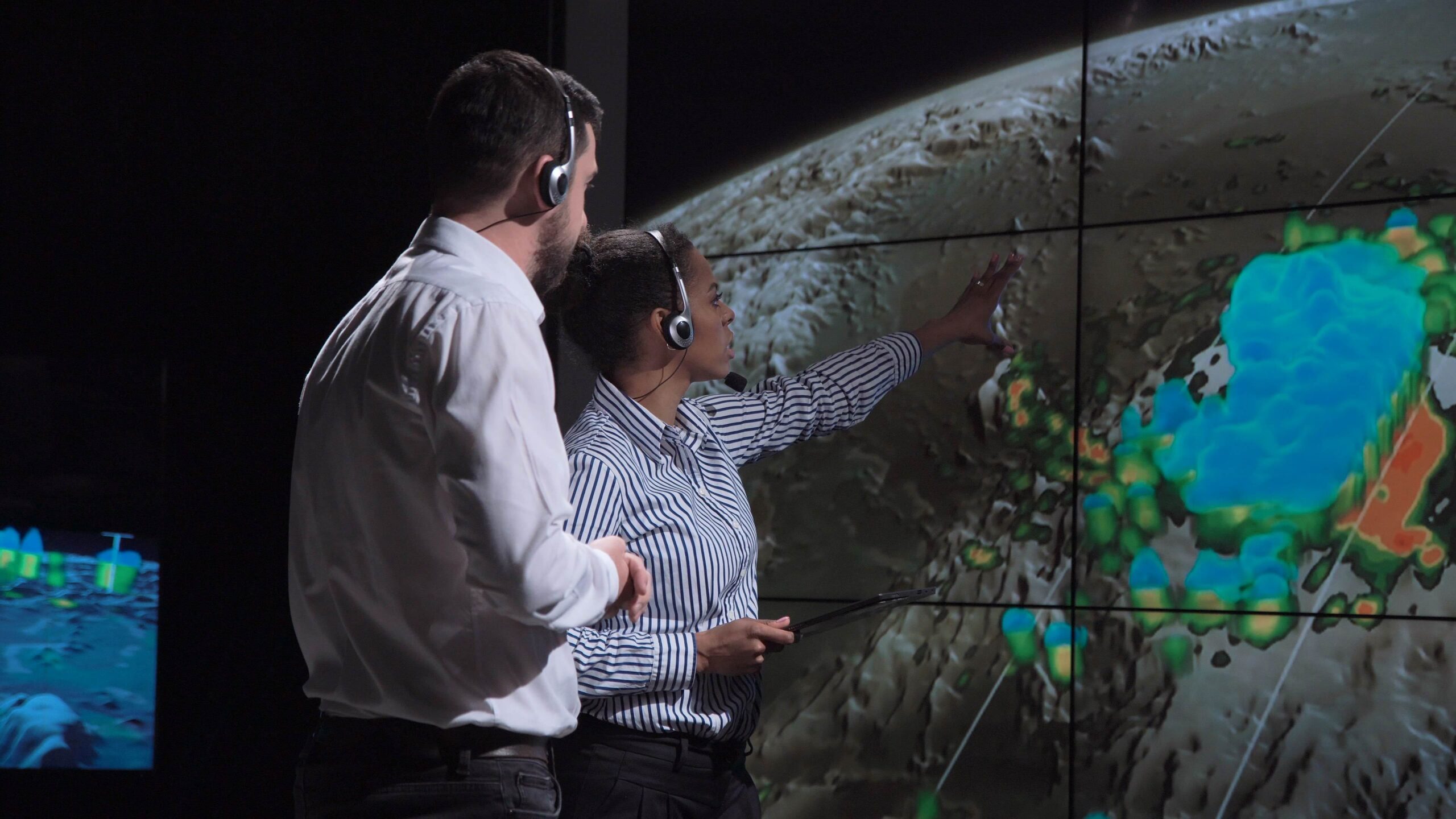
November 11, 2021
This is part 3 of a trilogy. The full document can be downloaded as a pdf here.
A message to the climate scientists present at COP26
Dear colleagues,
Scientific organizations serve society by fostering, creating and passing on new scientific knowledge through research and teaching. Today, quality universities have become a primary source of prosperity in the area where they are located. The higher the scientific level realized, the greater the contribution to prosperity. Universities, therefore, should promote excellence at all times. This means that they should not settle for followership, but aim for scientific leaders in their scientific field. It also means that universities are communities without ideological and political boundaries, where the principle of Freedom of Speech and Inquiry are by no means negotiable.
All of this particularly ought to apply to the climate science communities. Unfortunately, this is the opposite of what we hear at the COP26 climate conference.

Here follows CLINTEL’s message for all climate scientists, who are present at COP26 and endorse the political statements about the past, present and future behavior of the Earth’s climate system:
- The complexity of multi-factor, multi-scale systems demands close co-operation between a wide range of scientific fields and disciplines:
Climate change has a wide variety of causes, natural as well as anthropogenic. Integration of knowledge from many scientific fields, such as astronomy, geophysics, geology, archaeology, meteorology, oceanography and biology, is indispensable to a full understanding of the complex causal relationships that underlie climate change. At the same time, the integration of theoretical knowledge with measurement technologies should have high priority. This is hardly the case in today’s mainstream climate research. Early-stage models are claimed as being ‘settled science’. - Sound scientific research is open-minded and is characterized by a wide variety of viewpoints without dogmas and prejudices:
Within the established climate science, curiosity and diversity are being suppressed and the Catastrophic Anthropogenic Global Warming (CAGW) dogma is ruthlessly enforced. However, science is neither a religion nor a political faction. Science advances not by chanting “We believe” but by asking “I wonder”. Funding for CAGW-critical research is non-existent today. Censorship complicates and all too often prevents the publication of critical articles in mainstream peer-reviewed scientific journals. Again, the CAGW-models are considered to be the truth. - Faith in scientific models is faith in the underlying assumptions; only correct assumptions can lead to correct answers:
What computer models tell us, depends entirely on what is input by the model-makers: hypotheses, relationships, parameterizations, arithmetical simplifications, boundary conditions, etc. Unfortunately, mainstream climatologists seldom discuss these choices in their complex algorithms. For instance, how sensitive are the modelling results to the biased assumptions or to the coarse arithmetic grid? We still hear very little about it. - With enough model parameters it is always possible to reconstruct measurements in a relatively small observation window:
Parametric tuning says little about the validity of models. The famous mathematician John von Neumann (1903 – 1957) said: “With four parameters I can fit an elephant; with five I can make him wiggle his trunk.” A critical and most valuable test is whether a model can accurately predict future measurements. That is precisely where climate models go wrong. For 40 years, the IPCC has falsely predicted alarming high temperatures in its reports. Actually, the level of alarming increased overtime (“It is five minutes to midnight”). - The history of science shows that new insights do not come from followers but from dissenters; doubters and dissenters make history in science:
Copernicus, Galilei, Newton, Gauss, Curie, Einstein, Watson, Crick, Wilkins and Hawking all looked critically at the prevailing consensus and dared to take a different path. Progress would not have been possible without them. In contrast, the mainstream climate community has contributed embarrassingly little headway. They have been transmogrified into a media campaign to sell the CAGW-hypothesis. Doubters and dissenters are excommunicated. - Academies of Sciences have a moral responsibility to warn society of irresponsible conclusions that follow from a naive belief in immature scientific models:
So far, climate models have proven unable to make reliable predictions of global warming. Therefore, their predictions are the wrong basis for making government policy. Bear in mind that the National Academies of Sciences see themselves as guardians of science. If so, should they not at last creak into action? Already in 2015, they should have given a abundantly clear warning to world leaders that the climate science is still in its infancy. By their negligence, the Academies made themselves complicit in the absurdity of the Paris Agreement and everything that followed. - The science is settled is a consensus statement that will never be used by true scientists:
Argument from consensus conflates two ancient logical fallacies – of appeal to pure headcount and of appeal to imagined authority (argumentum ad populum and argumentum ad verecundiam). The statement that “the science is settled” is an assertion of imagined consensus deployed by climate activists as a substitute for honest science. As a result, the search for the objective scientific truth has been abandoned for decades. History will blame the present mainstream climate scientists and their organizations, who initiated, fostered and furthered this scientific misconduct.
Please, see also CLINTEL’s World Climate Declaration (WCD), www.clintel.org
On behalf of the global CLINTEL community,
Dr. A.J. (Guus) Berkhout, President of CLINTEL
Emeritus Professor of Geophysics
Member of the Royal Netherlands Academy of Arts and Sciences (KNAW)Senior member of the Dutch Academy of Engineering (AcTI)
